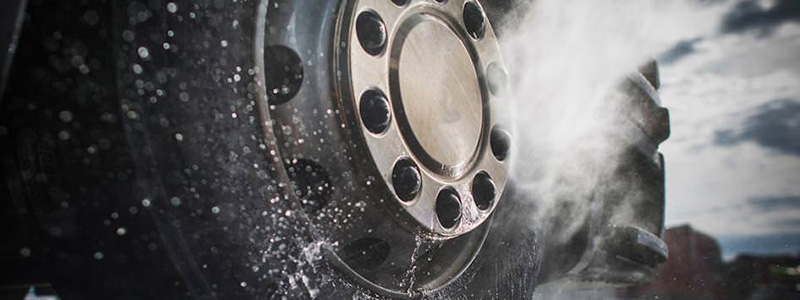The maintenance of transport vehicles is a complex process that requires knowledge of the proper cleaning methods without damaging the bodywork.
The care of their vehicles and fleets for commercial and public transport is important, both from an aesthetic point of view and for the health of vehicles. According to many industry magazines, vehicle cleaning must be done once a week to prevent dirt build-up which if neglected could be difficult to eliminate.
This article will describe which products and washing procedures can be useful for optimal and damage-free cleaning

Detergents and cleaning procedures
In addition to knowing the external environmental elements that can damage your vehicle, you must also know the detergents and washing techniques to be used for effective cleaning.
The washing stations have equipment designed to provide suitable washing programs to eliminate all those environmental elements that are harmful to vehicles and human health.
Prewash
The first operation to be carried out is that of pre-washing, this phase uses suitable products present in the wash water which can dissolve the residues deposited on the external surfaces such as the bodywork, rear-view mirrors and license plate area, windows, and under chassis, wheel arches, tires and rims.
Washing
In this phase shampoos are used to clean the surfaces. There are different types: concentrated, self-drying and polishing and can be used on any type of paint and with hard water, without incurring the unsightly limescale stains on the bodywork.
For glasses, on the other hand, there are specific products in foam or liquid. The latter do not require rinsing and do not leave streaks or residues that corrode paint, rubber and plastic.
Rinse
For this phase there are rinsing programs with osmotic water. It is an excellent solution to rinse the vehicle and facilitate the drying process of the vehicle, without leaving whitish spots on the bodywork of the cabin, a typical phenomenon of medium or high hardness water.
The osmotic water deposited on the surface of the vehicle will come off automatically when the vehicle starts moving via the vibrations or it simply will dry quickly in the ambient temperature.
Internal cleaning
Finally, it is advisable not to overlook the internal cleaning of the vehicle.
Not only is it an excellent habit to take care of the appearance, but it is important to minimize the allergies (mites, pollen, dust, bacteria) that vehicles driver may suffer from.
The fabric parts of the seats must be thoroughly cleaned to ease allergy symptoms. To do this, dry foams can be used which penetrate the wefts of the fabrics and bring out the dirt and protect the surface with antistatic protection. For leather upholstery – natural or synthetic – it is possible to spray the cleaning product on the surface and spread it with a damp cloth and then vacuum up the residues with a vacuum cleaner.
For all plastic elements such as the glove compartment or dashboard we recommend the use of non-stick products that prevent the accumulation of dust on the surfaces and prolong effect of the cleaning.
Per maggiori informazioni:

